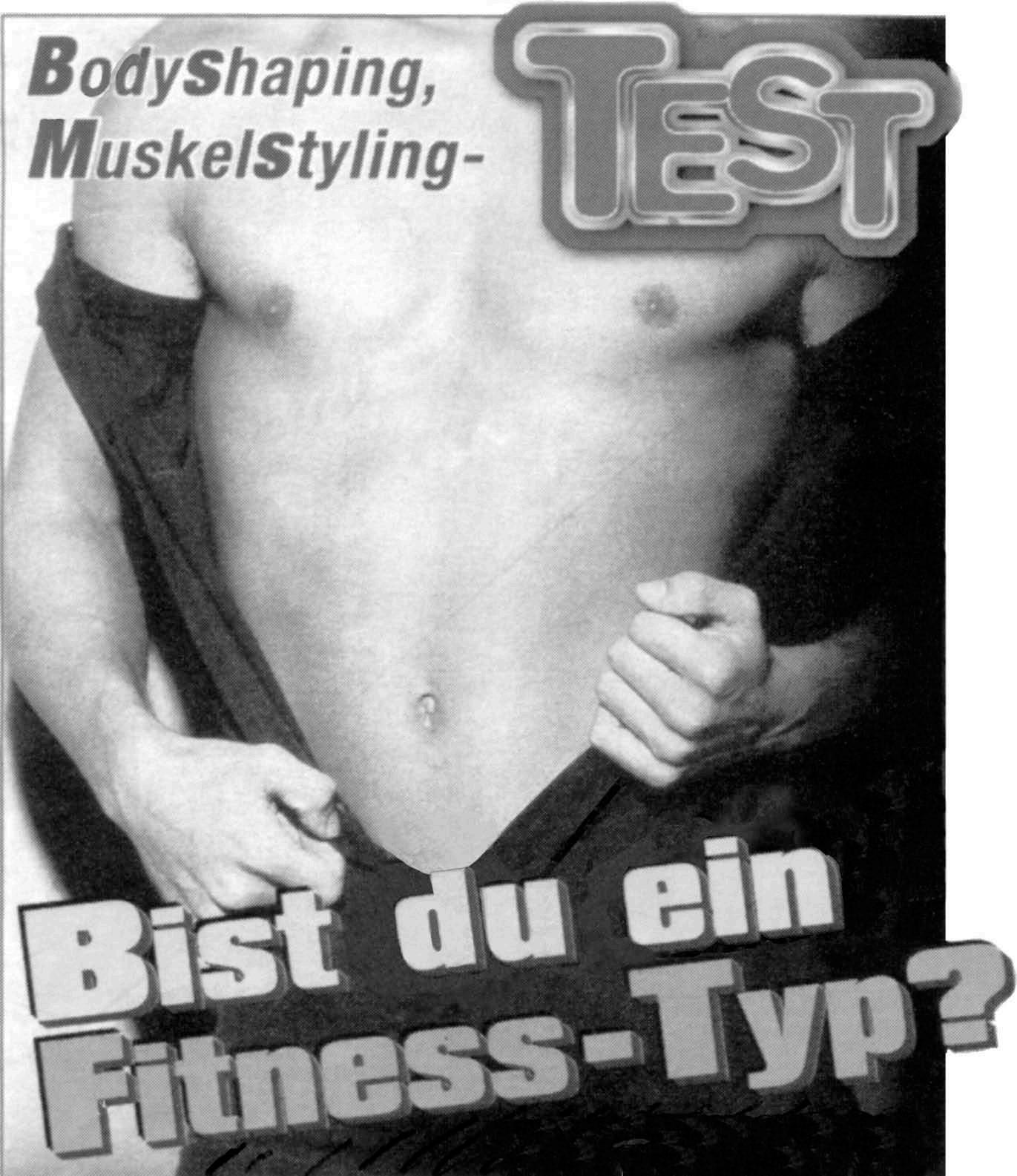126
Valency and cases
many verbs of speaking, with the accusative object often consisting of a dass-CLAUSE or an INFINITIVE CLAUSE (see
10.3 and 10.6):
antworten
Er antwortete (mir), dass er es weiß.
He replied (to me) that he knows it.
erzählen
Ich erzählte (den Kindern) ein Märchen.
I told the children a fairy-tale.
raten
Wir raten Ihnen, nicht zu warten.
We advise you not to wait.
sagen
Ralf hat (mir) gesagt, dass er kommt.
Ralf told me that he’s coming.
versichern
Sie versicherte ihm, dass sie nicht friert.
She assured him that she wasn’t cold.
verzeihen
Das wird er dir nie verzeihen.
He’ll never forgive you that.
As you can see, the dative object can be left out with some of the above verbs. With a few verbs, the German ‘einem etwas’ construction is quite different to that of the nearest English equivalent: Das hat sie mir gestern mitgeteilt. Die Polizei konnte ihr nichts nachweisen. Das hat sie mir aber verschwiegen.
She informed me of that yesterday. The police couldn’t prove anything against her. She didn’t tell me about that, though.
8.4 Other uses of the dative case The dative has the widest range of uses of the German cases.
The dative can indicate a person on whose behalf the action is done. This often corresponds to an English phrase with for: Sie schrieb mir seine Adresse auf. Fährt sie dir zu schnell? Ich öffnete ihr die Tür.
She wrote his address down for me. Is she driving too fast for you? I opened the door for her.
The dative can indicate the body or articles of clothing. In most contexts, it is much more usual in German to use this construction than a possessive. If the possessor is the subject of the sentence, the pronoun is reflexive (see section 8.2): Er sah ihr in die Augen. Ich zog dem Kind den Mantel aus. Er zog sich den Mantel an. Wann hast du dir das Bein gebrochen?
He looked into her eyes. I took the child’s coat off. He put on his coat. When did you break your leg?
For the use of the dative case with ADJECTIVES, see section 3.11.










